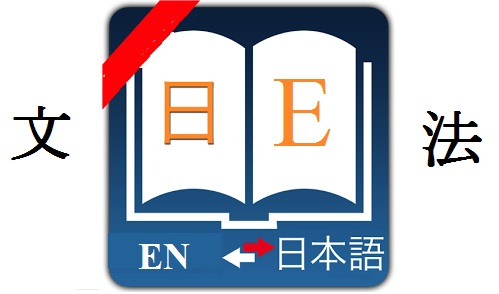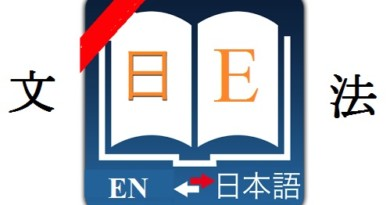Japanese であれ/であろうと grammar deare/ dearouto
Let’s learn Japanese であれ/であろうと grammar deare/ dearouto :
JLPT level : N1
Formation :
Nであれ+Nであれ
Nであろうと+Nであろうと
Meaning and how to use :
Expressing the meaning “whether N1 or even N2 …”. The following clause is often accompanied by ways of expressing an unchanged state.
ex
元気であれ病状でれ君に私の愛は変わらない。
Genki deare byoujoudere kimi ni watashi no ai wa kawaranai.
Whether I am healthy or ill, my love for you does not changed.
団体であろうと個人であろうと利益を目標にして頑張ります。
Dantai dearou to kojindearou to rieki wo mokuhyou ni shite ganbarimasu.
Whether collectively or individually, the goal is benefit and effort.
日本人であれ外国人であれ規則を守らなければならない。
Nihonjin deare gaikoku hitodeare kisoku wo mamoranakereba naranai.
Whether you are a Japanese or a foreigner, you must obey the regulations.
猫であれ犬であれこのマンションでは動物が飼えません。
Nekodeare inudeare kono manshonde wa dōbutsu ga kaemasen.
Whether it is a dog or a cat, animals cannot be raised in this apartment.
子供であろうと大人であろうと犯罪したら償わなきゃならない。
Kodomodearou to otonadearou to hanzai shitara tsugunawanakya naranai.
Whether it is a child or an adult, if you commit a crime, you still have to compensate.
Related structures :
above is Japanese であれ/であろうと grammar deare/ dearouto. if you don’t understand the signs we used in fomation, you can find their meaning here : signs used in Japanese grammar structures.
You can search the structure you want by using the search tool on our website (using key : grammar + ‘structure name’ or you can find more Japanese grammar structures in the following category : Japanese grammar dictionary
